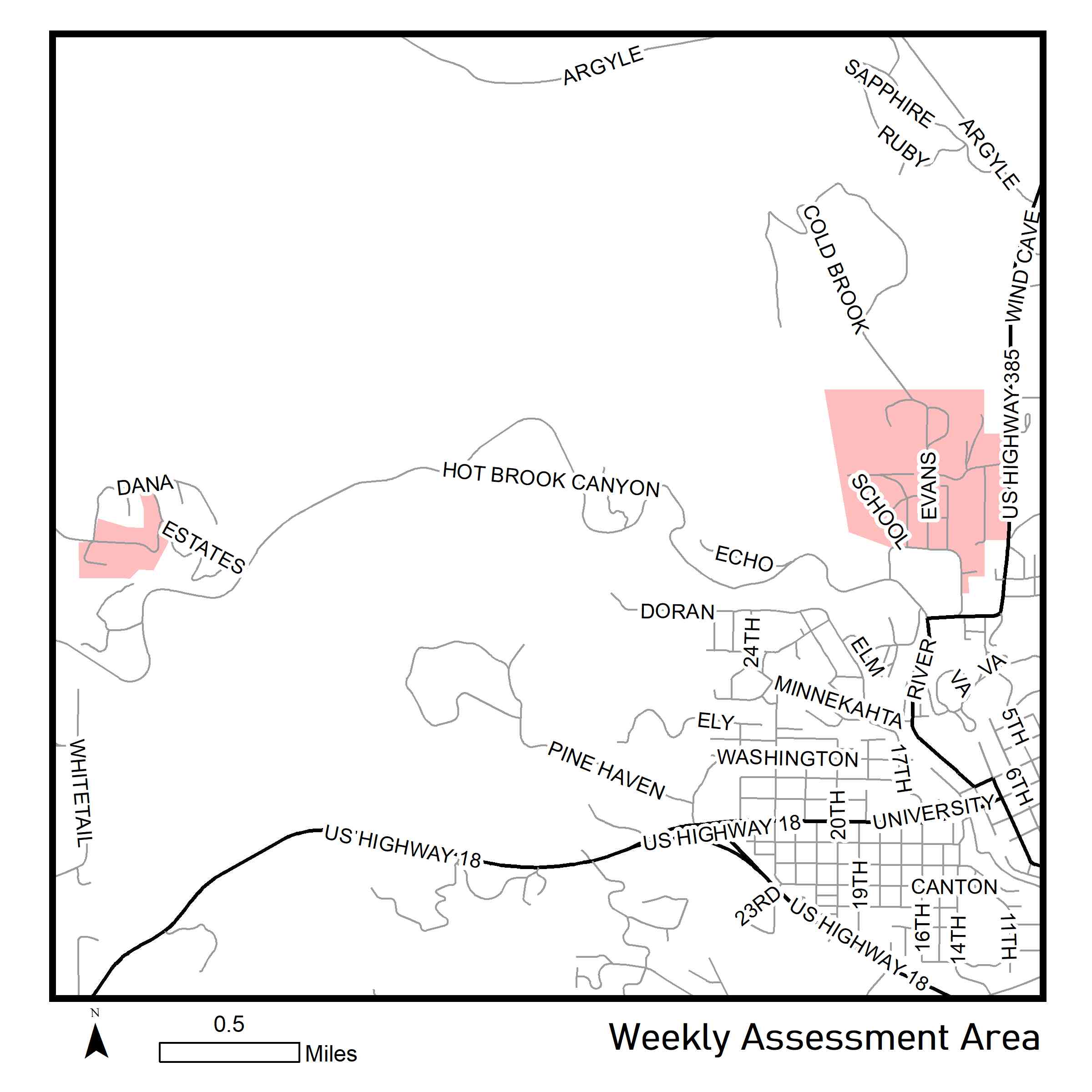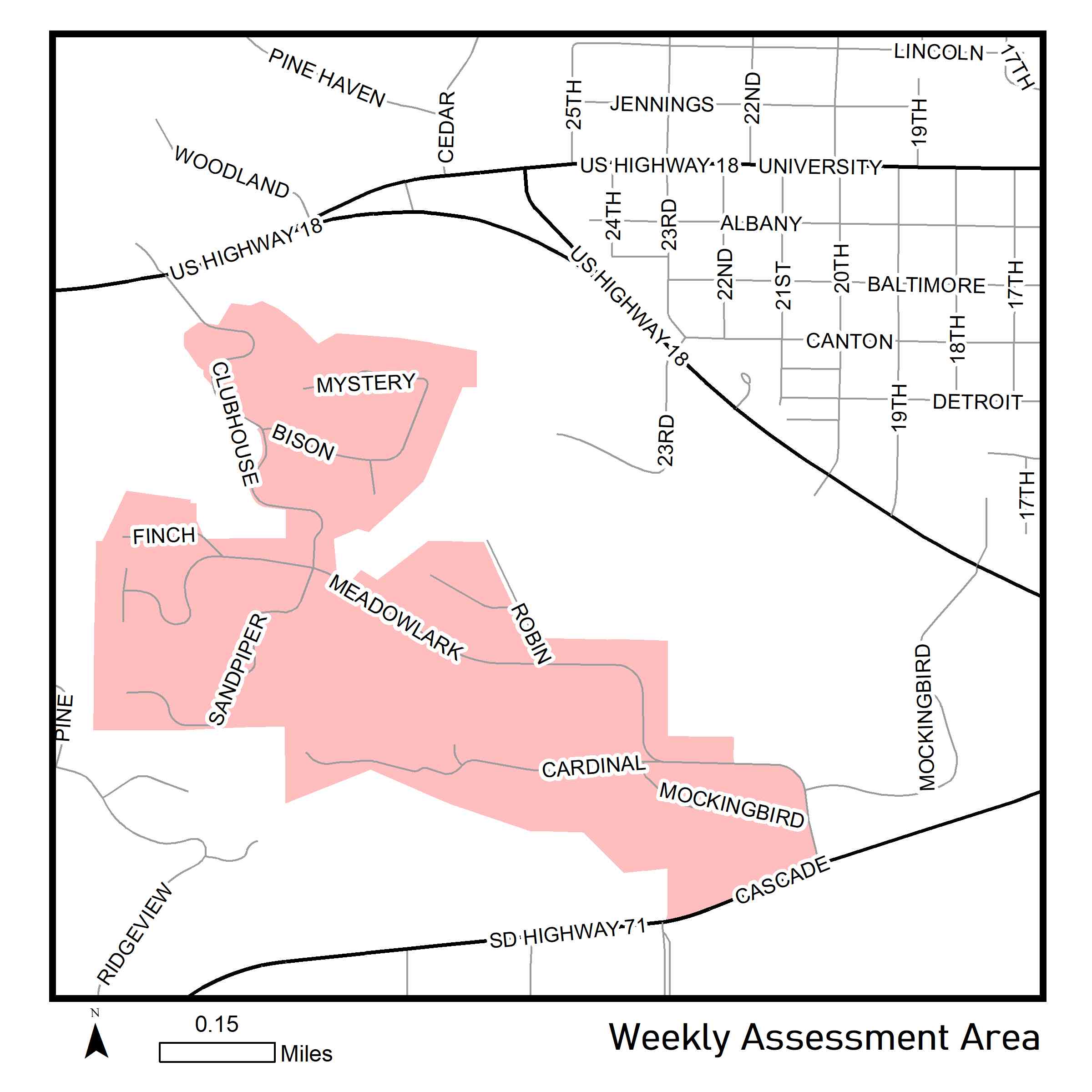The Fall River 4-H/Extension Office is now accepting applications for a full-time administrative assistant. Applicants must be able to mutli task, have excellent customer service, organizational, computer and written/verbal communications skills. Starting salary is $11.00-$13.00 (DOE). Work day is from 8:00 am to 5:00 pm, Monday through Friday. Position has full benefits: health insurance, SD retirement, annual & sick leave. Submit applications to 4-H/Extension Office by July 15, 2020.
Application available on employment page



